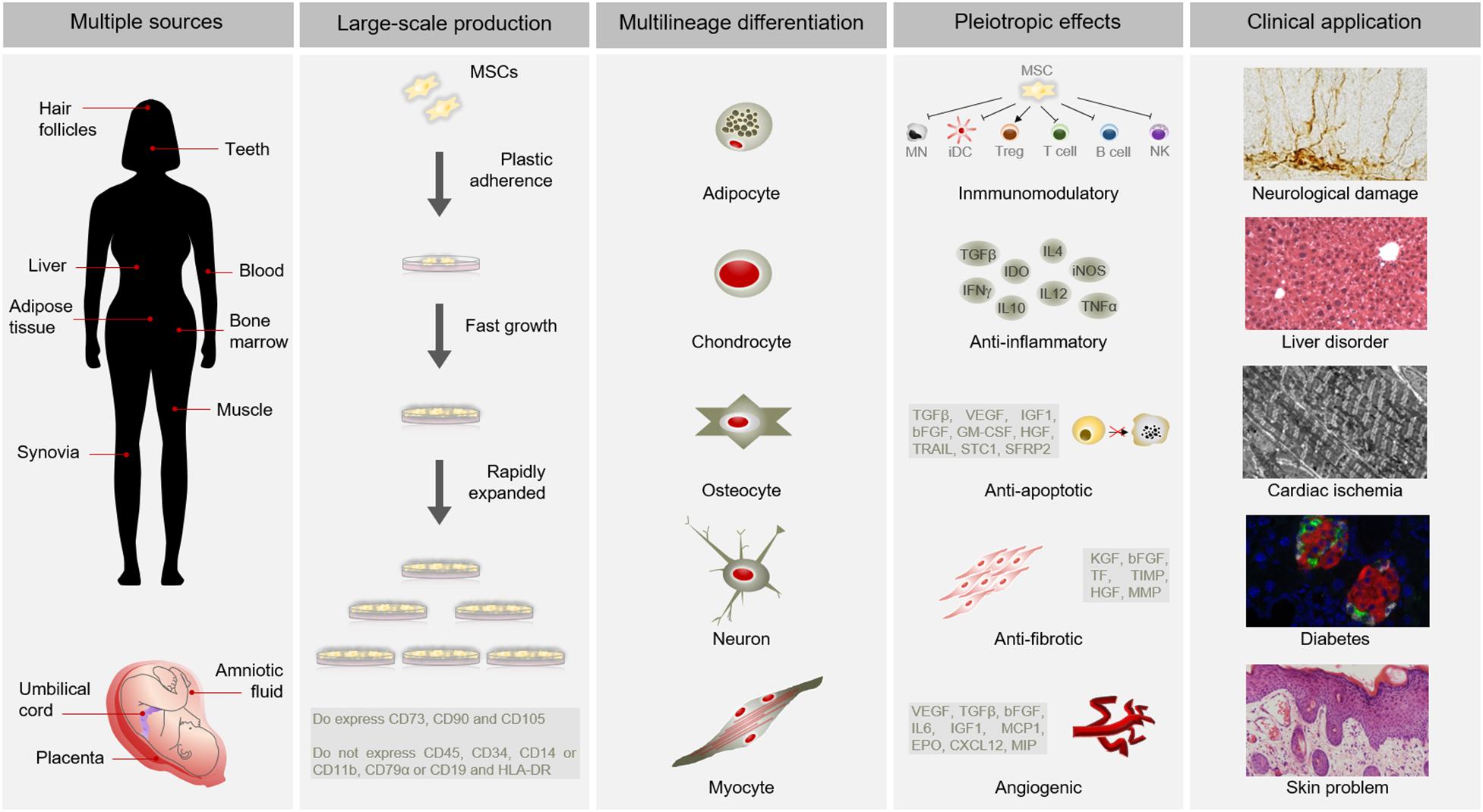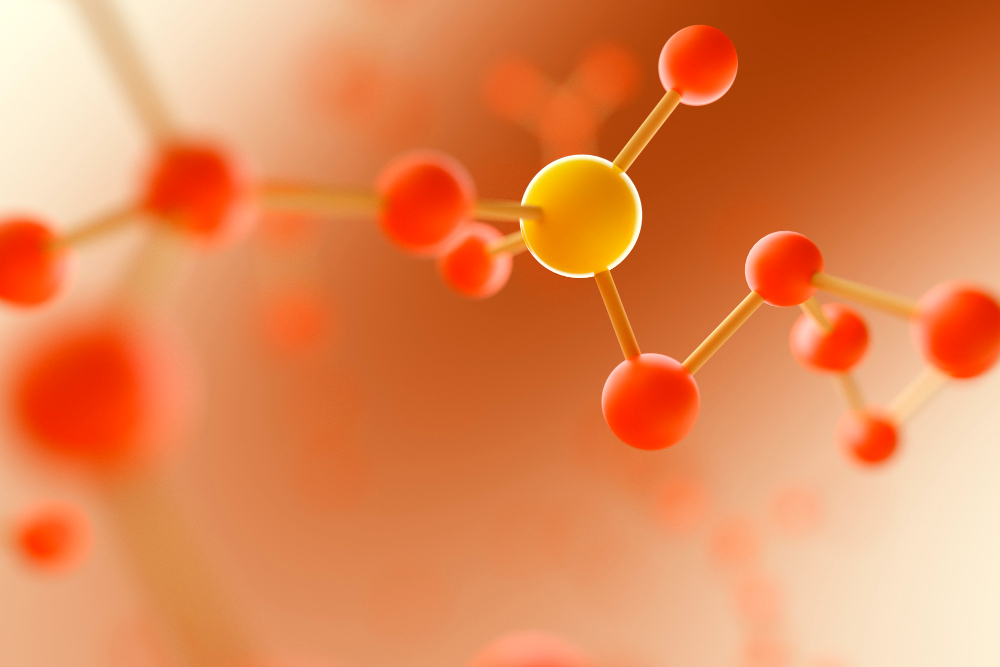
[/image][=video]
[/video]
There are lots of kinds of stem cells. As a whole, the term stem cell describes a classification of cells that generate other cells (like skin, blood, heart, and muscular tissue cells) by duplicating and distinguishing in reaction to chemical hints. Totipotent stem cells appear at the earliest stage of growth and are the only stem cells which can create embryonic stem cells and the placenta.
Bone marrow transplant (BMT) is an unique therapy for people with particular cancers cells or other diseases. A bone marrow transplant involves taking cells that are normally found in the bone marrow (stem cells), filtering system those cells, and providing back either to the contributor (patient) or to another individual. The objective of BMT is to transfuse healthy bone marrow cells into a person after his/her very own harmful bone marrow has been dealt with to eliminate the abnormal cells.
The blood cells that make other blood cells are called stem cells. The most primitive of the stem cells is called the pluripotent stem cell.
It is the stem cells that are needed in bone marrow transplant. The goal of a bone marrow transplant is to treat numerous diseases and sorts of cancer. When the doses of radiation treatment or radiation needed to cure a cancer are so high that an individual's bone marrow stem cells will be permanently damaged or destroyed by the treatment, a bone marrow transplant might be needed.
Hormone Therapy
This process is frequently called rescue. Replace bone marrow with genetically healthy and balanced operating bone marrow to prevent even more damage from a hereditary condition procedure (such as Hurler's disorder and adrenoleukodystrophy). The risks and advantages need to be weighed in an extensive conversation with your healthcare company and experts in bone marrow transplants before the treatment.
There are various kinds of bone marrow transplants relying on who the benefactor is. The different kinds of BMT include the following: The contributor is the client himself or herself. Stem cells are drawn from the patient either by bone marrow harvest or apheresis (a process of gathering outer blood stem cells), icy, and after that given back to the patient after extensive therapy.
The donor shares the very same genetic type as the individual. Stem cells are taken either by bone marrow harvest or apheresis from a genetically matched contributor, normally a brother or sibling. Various other benefactors for allogeneic bone marrow transplants might include the following: A haploid-identical suit is when the donor is a moms and dad and the hereditary match goes to the very least half identical to the recipient.

Matching includes typing human leukocyte antigen (HLA) cells. The antigens externally of these special leukocyte determine the hereditary make-up of an individual's body immune system. There are at least 100 HLA antigens; nevertheless, it is thought that there are a couple of major antigens that figure out whether a contributor and recipient suit.
Medical research study is still checking out the function all antigens play in the process of a bone marrow transplant. The even more antigens that match, the far better the engraftment of contributed marrow. Engraftment of the stem cells happens when the contributed cells make their means to the marrow and start making brand-new blood cells.
Medical Group
All individuals function together to offer the finest chance for an effective transplant. The group is composed of the following: Medical care providers that specialize in oncology, hematology, immunology, and bone marrow hair transplant.
Professionals who will certainly assist you satisfy your dietary requirements prior to and after the transplant. Several other team participants will certainly evaluate you prior to transplant and will offer follow-up care as needed.

A full case history and physical examination are performed, including several examinations to assess the patient's blood and organ functions (for instance, heart, kidney, liver, and lungs). A person will typically enter into the transplant facility up to 10 days prior to transplant for hydration, evaluation, positioning of the central venous line, and other preparations.
For an allogeneic transplant, an ideal (cells typed and matched) donor needs to be readily available. Voluntary marrow benefactors are registered in several nationwide and global windows registries.
Benefactor sources available include: self, sibling, parent or family member, nonrelated individual, or umbilical cable from a relevant or nonrelated individual. There are national and worldwide computer registries for nonrelated individuals and cord blood.
Stem Cell Therapy local to Livonia, Michigan
Tests connected to his or her health, exposure to infections, and genetic analysis will certainly be done to identify the level of the match. The donor will be provided directions on exactly how a bone marrow contribution will certainly be made. When a suit for an individual needing a bone marrow transplant is located, after that stem cells will be accumulated either by a bone marrow harvest.
Or by a peripheral blood stem cell collection. This is where stem cells are accumulated from the flowing cells in the blood. Of both, peripheral blood stem cell donations are now more common. Cable blood has currently been accumulated at the time of a birth and stored for later usage.
Navigation
Latest Posts
Perimenopause Treatment
Regenerative Therapy local to Livonia
Hormone Therapy local to Livonia, Michigan